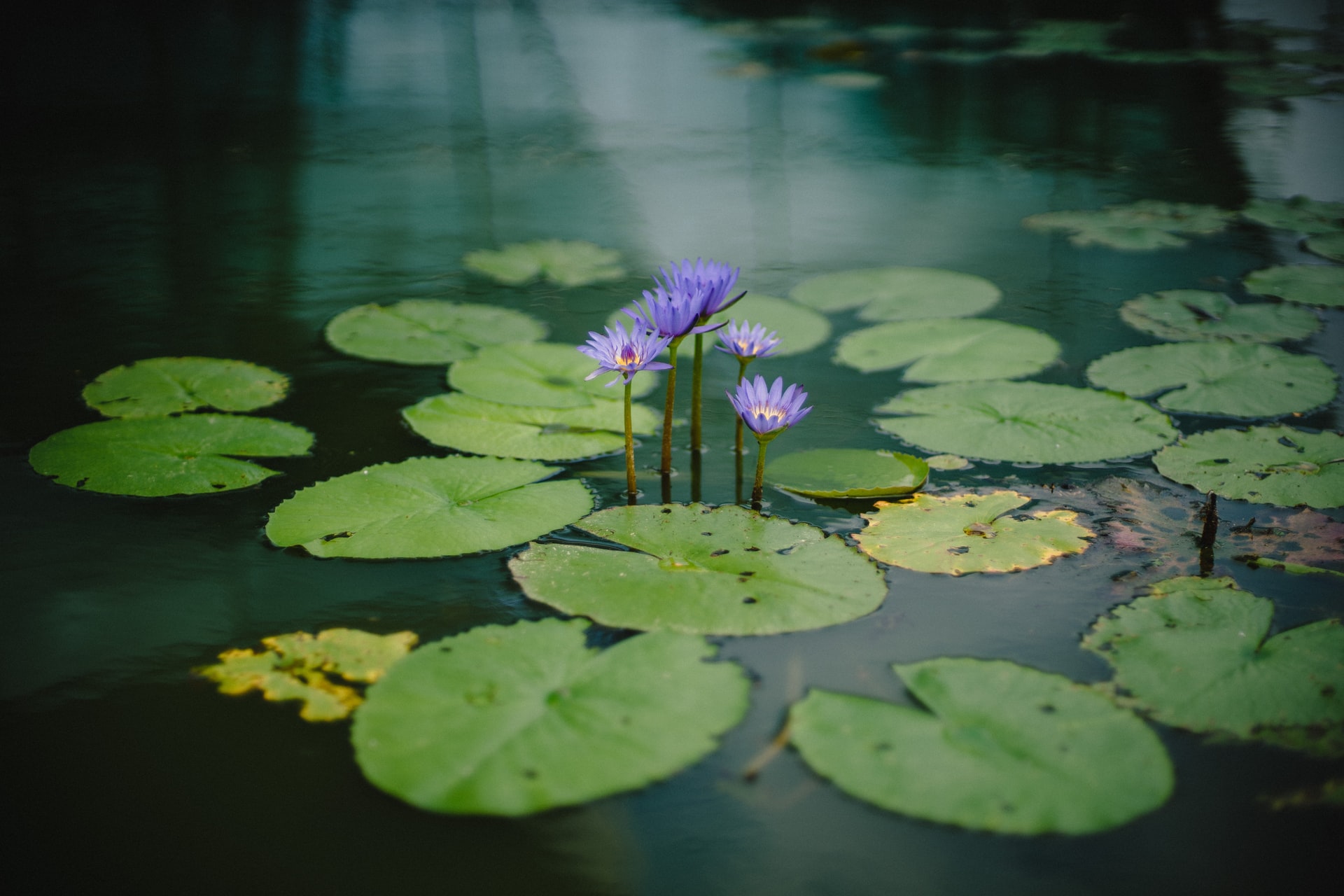
A pond will change the atmosphere of your garden. It allows you to observe plants and animals. It will help you relax even after a hard day. You can watch the light reflecting off the surface of the water, escaping from your daily worries. Fortunately, you don’t need a huge budget or a lot of land to enjoy your own pond. Check out how to build one!
Are you dreaming of a pond in your garden? Find out how to build it step by step. You need wooden pegs 60 cm long, 2 mm thick wooden boards, wooden garden edging, a spirit level and a protective underlay. Besides, prepare butyl pond liner, four decking boards, a drill, a residual current device and long brass screws
Dig the hole to a depth of 45 cm. Drive pegs around the edges and screw the retaining boards to them. Now attach the wood edging. Screw them to the top of each stake. Use a spirit level and a long board to check that all the edges of the hole are level. If so, your pond will look perfect
Gather some soil on one side of the hole to create a long, sloping shelf. Tamp the soil with your feet, then level it. Check the depth of the slope with potted water plants. The rim should be about 2-3 cm above the edge of the pot. Remove sharp stones from the soil, then line the hole with a protective underlay, such as geotextile or carpet clippings
Go inside without shoes and push the underlay into every nook and cranny. Leave a 15 cm overlap at the edges. Fill the pond, preferably with rainwater from a barrel. If you must use tap water, pour it into the barrel a week in advance. This way you can be sure that the chlorine has time to evaporate
Now cut the liner and the backing, leaving a 10-15 cm overlap. Fold the corners of the liner. Lay the decking boards on the four edges of the mesh, parallel to the edges. Mark and trim where the decking boards overlap. Trim and then drill the edges of the bottom of the mesh and the backing. Use a ground fault circuit breaker just in case. Pull the liner and then use long brass screws to secure the boards in place
By building your pond in the right place, you will encourage plants to flourish and discourage algae. Choose an area where the sun shines about 8 hours a day. Keep this in mind, especially if you want to grow water lilies. Place the pond away from deciduous trees. Otherwise you have to reckon with the fact that leaves can fall into the pond. This will add to the organic matter that decomposes, increasing the risk of algae. Make sure that there are no cables, ducts or pipes in the chosen location. Remember that the pond should be on flat ground, not on a slope
In this case, a butyl underlayment will work best. You can adjust it perfectly to the shape of the mesh. Try to lay it on a warm day. This way it will retain its elasticity and plasticity. Start at the center and lay the liner on the outside. Pre-formed liners are made of plastic or fiberglass. They should be rigid and durable. Remember to carefully fit them into the hole and level them
Whether you have a large pond or a small pond, the right plants will not only look beautiful but will help maintain the biological balance of your ecosystem. Broad-leafed bulrushes are very popular. They attract attention, however, you need to be careful with it. The mentioned plant is aggressive and even invasive. It grows and spreads quickly, so pay attention to where you plant it. Like calamus, it likes a moist environment. However, you can plant it in a container to better control growth
If you love birds and butterflies, choose scarlet lobelia, also known as cardinal’s reed. For beginning gardeners, we also recommend hibiscus. The white-pink varieties are hardy and easy to grow. Importantly, you can enjoy them every year if you plant them in a pond
Photo: bady abbas/Unsplash